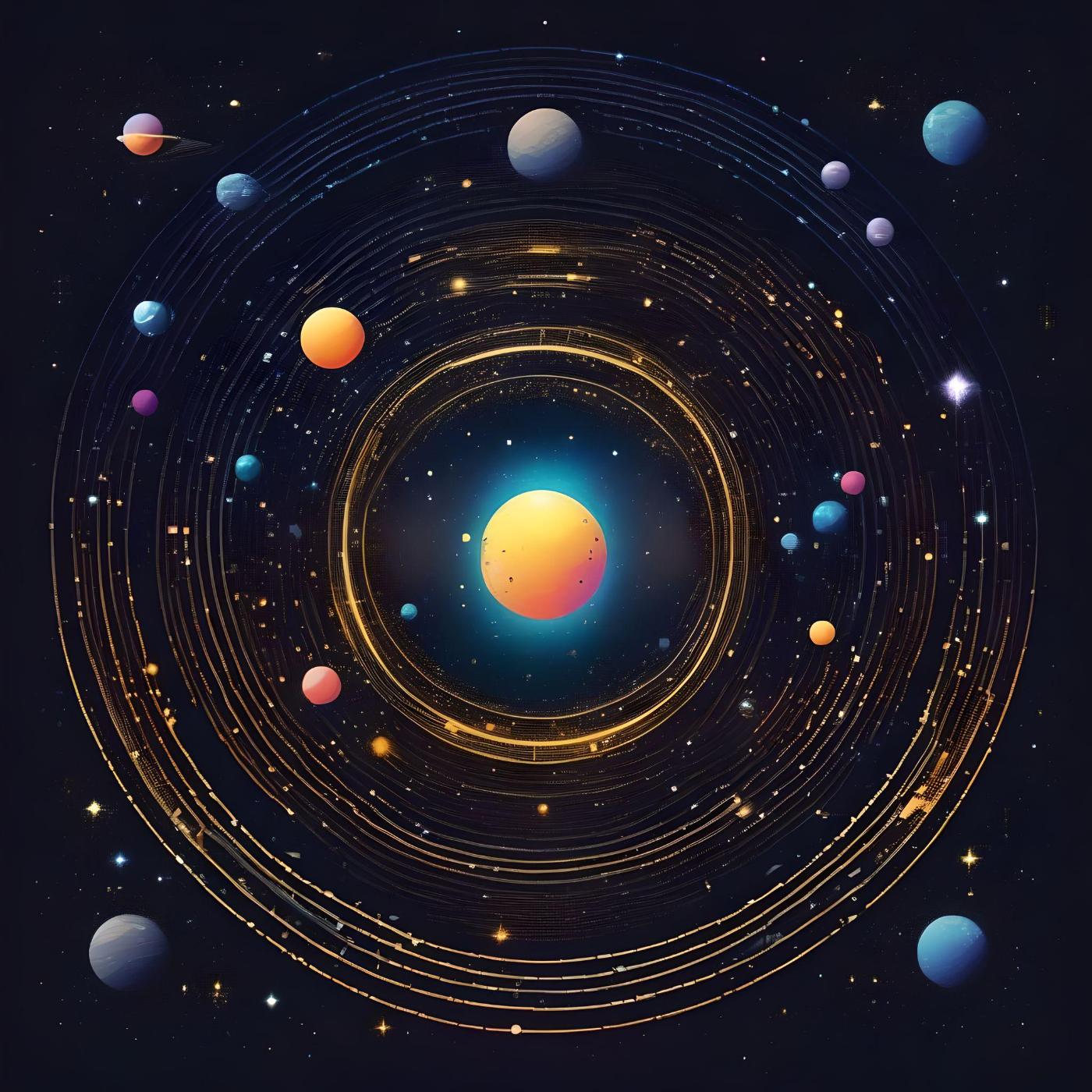Could Solar Panels Be the Next Big Clue in the Search for Extraterrestrial Intelligence?
by
October 22nd, 2025

Shielding the planet from harmful solar radiation.
Story's Credibility

About Author
Shielding the planet from harmful solar radiation.

Shielding the planet from harmful solar radiation.

Shielding the planet from harmful solar radiation.